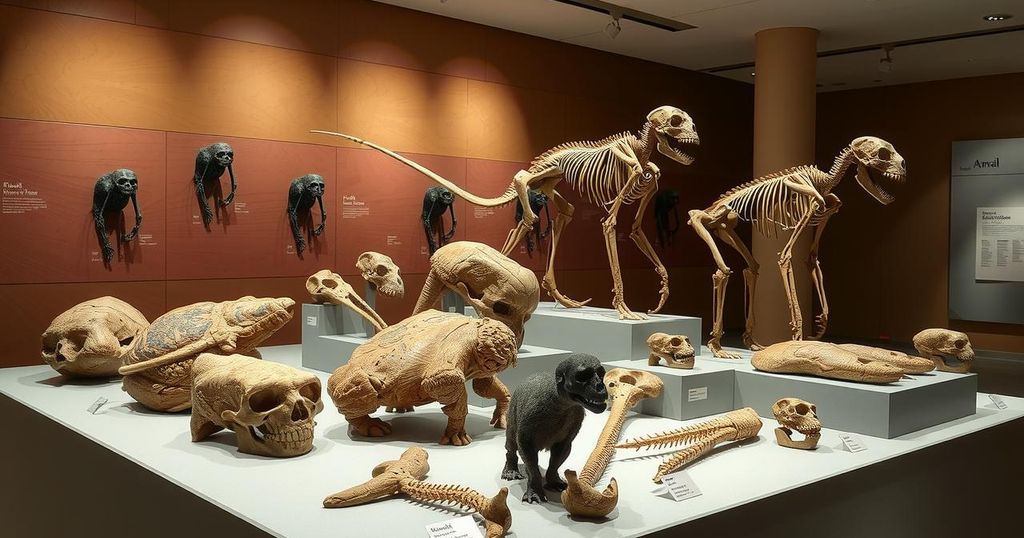Breakthrough in Flu Vaccination: Stanford Scientists Enhance Immune Response
Stanford Medicine scientists have developed a new influenza vaccine design that enhances the immune response to all four seasonal flu subtypes, addressing issues of efficacy and sub-type bias. By stitching together hemagglutinin variants, they managed to spark a robust immune response in tonsil organoids. This innovation holds promise for improving flu vaccines and responding to potential pandemic threats like bird flu.
Stanford Medicine scientists have made a breakthrough in seasonal flu vaccinations, enhancing their efficacy by potentially safeguarding against new variants with pandemic potential. Their study, featured online in Science, demonstrates that the method works effectively in human tonsil tissue cultures. As flu season arrives, this development is particularly significant, given the annual death toll and hospitalizations caused by influenza.
The standard flu vaccine aims to prime our immune system by introducing hemagglutinin, a vital antigen that enables our bodies to recognize and combat the influenza virus. With conventional vaccines, effectiveness varies, often falling between 20% and 80% due to insufficient antibody responses to all viral subtypes present. Mark Davis, a leading researcher, indicates that this suboptimal response is linked to genetic factors influencing how our immune systems react to different variants.
Delving deeper, researchers discovered that the prevalent issue of ‘original antigenic sin’—where previous flu exposures influence our immune responses—doesn’t solely dictate our reactions. Instead, it’s largely determined by our genetic makeup. Their findings, which include the analysis of responses in identical twins, reveal that individuals favor responses to a single subtype, prompting the search for methods to improve the overall immune reaction.
To combat this subtype bias, the team innovatively engineered a vaccine that connects four hemagglutinin variants into a single molecular matrix. This alteration compels B cells—the body’s antibody factories—to engage with all four subtypes in unity, rather than just their preferred variant. Consequently, this approach amplifies the chances of diverse immune responses, enhancing the likelihood of producing protective antibodies against influenza.
The breakthrough was tested in human tonsil organoids, acting as miniature immune systems. These organoids effectively showcased the immune response to the conjoined hemagglutinin molecules, displaying robust antibody responses across all flu strains. Alarmingly, avian flu strains, viewed as potential pandemic threats, demonstrated improved immune recognition when combined with seasonal antigens.
With avian flu observed in various locations, including wastewater, the implications of this research become perilous yet crucial. By presenting a five-antigen construct that merges seasonal and bird flu components, researchers revealed significant antibody response enhancements. The findings emphasize the urgency of addressing potential pandemic threats.
Davis alongside Mallajosyula’s patented approach could revolutionize future flu vaccines, driving a more effective shield against influenza’s broader spectrum. They took vital steps toward safeguarding public health amidst ongoing virus-related risks, backed by collaborative funding.
In conclusion, Stanford Medicine’s innovative vaccine strategy could reshape how we defend against influenza, broadening our ability to combat both seasonal and potentially pandemic strains. This pioneering work shifts the paradigm of flu vaccinations, paving the way for enhanced preparedness in future outbreaks.
Flu season is a critical time due to the high rate of infections leading to significant health consequences, including hospitalization and death. Seasonal flu vaccines are designed to prepare our immune system against the influenza virus; however, their efficacy has varied widely. Researchers are now exploring genetic factors and novel vaccine designs aimed at boosting immune responses across all influenza subtypes, ensuring better protection for the population at large.
The breakthroughs by Stanford’s researchers in flu vaccine technology highlight a promising avenue for enhancing public health strategies against influenza and pandemic threats. By cleverly intertwining hemagglutinin variants in vaccines, they aim to prepare immune systems to combat a broader range of flu strains, paving the way for more effective immunization against seasonal and avian influenza. This advancement, supported by significant research, has the potential to save lives in the face of evolving viral challenges.
Original Source: med.stanford.edu




Post Comment